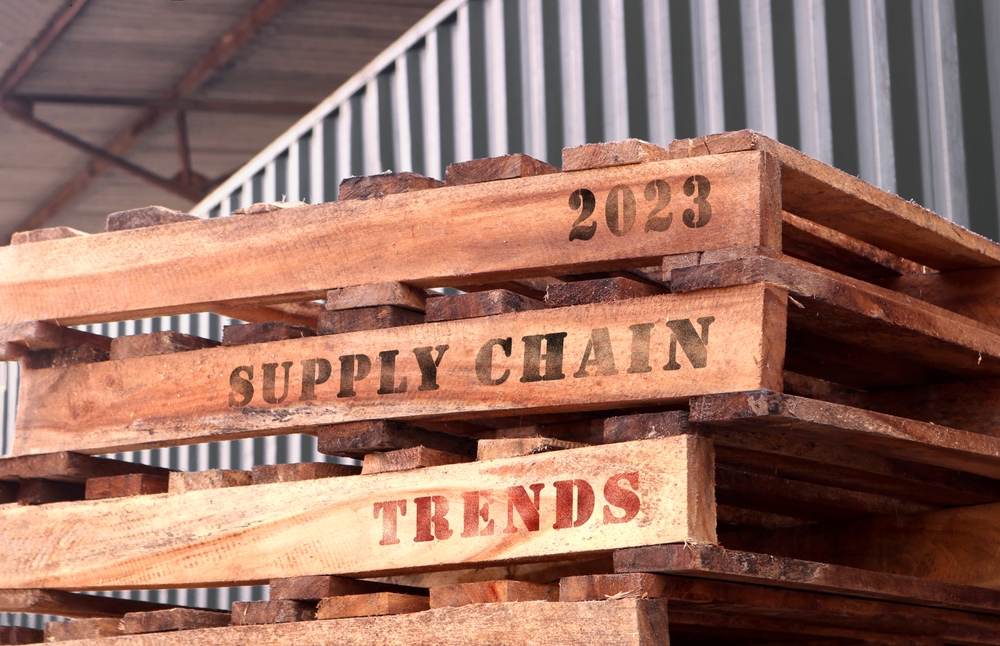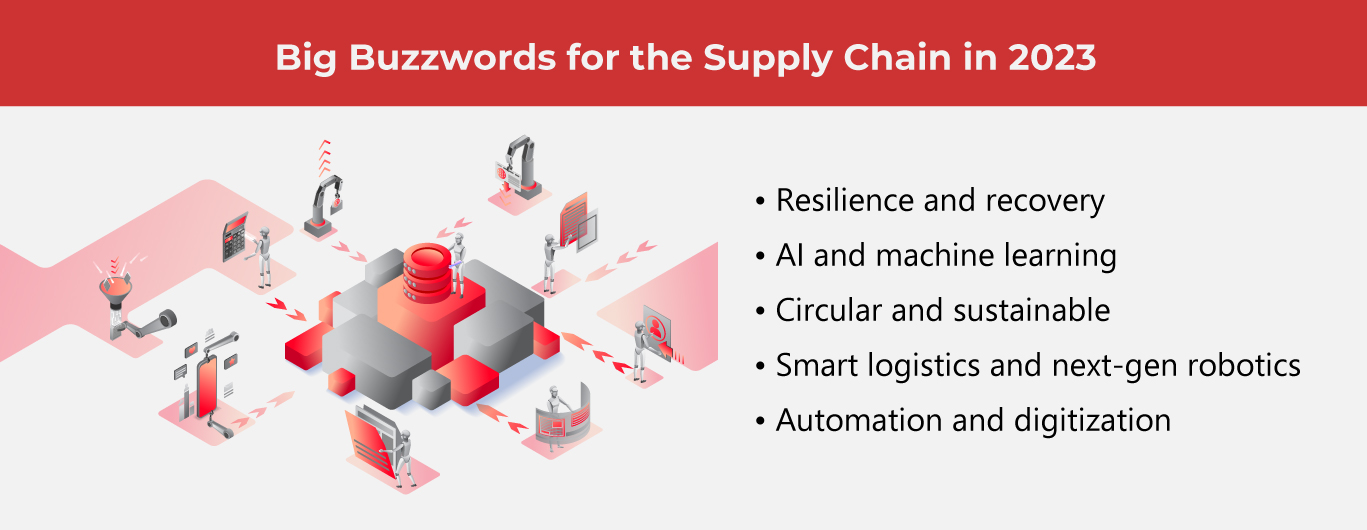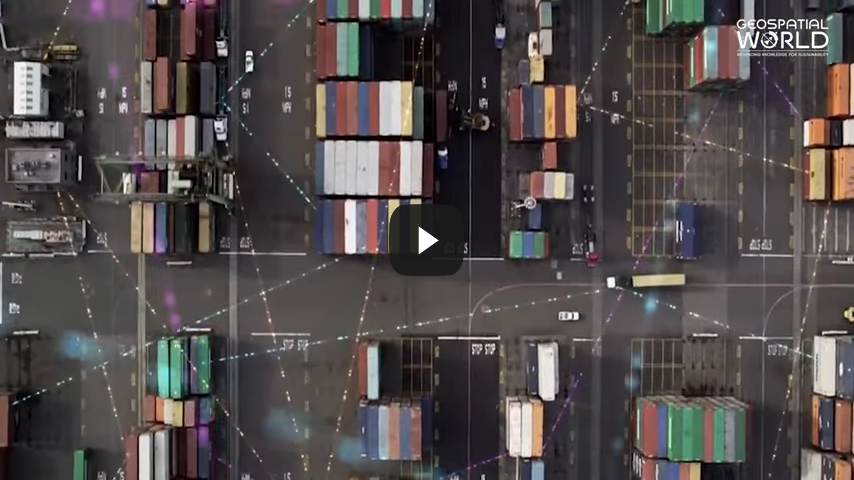Experts Weigh In on Supply Chain Trends

Coming from major events in 2022, The Economist’s special year-end report, “The World Ahead” had some interesting insights lined up for supply chain issues in 2023. Other experts from the world of venture capitalism, and the research arm of the Association for Supply Chain Management (ASCM) echo many of these insights for 2023.
Major events in 2022 such as the Russian/Ukraine war, and China’s aggressive international policies have put 2023 as “the year of aftershocks”, according to The Economist. Much of the impact coming from these, as well as other headlining developments around the world, will be felt in 2023.
(Also read: Challenges and Changes for Supply Chains)
For global supply chains, a lot hinges on outcomes, results, and even further developments. Experts cite energy prices, inflation, food shortages, and even the economic growth of many nations will be impacted by events that took place in 2022.
These aftershocks will have great impacts on intangible things for companies such as goals and metrics, as well as the tangible, such as tools and equipment.

Big Ideas and Big Data: What will move the needle for supply chains?
Consumer attitudes towards consumption and a shift towards supporting brands that put their best environmental self forward are making companies care more about their contribution to sustainability. Consumers are becoming more aware and more proactive about environmental issues, and are passionate and vocal about which brands they support and will not support.
This has made a lot more companies sit up and listen. The ASCM says that circular and sustainable supply chains committed to meeting ESG goals will be given importance in 2023. The priority becomes bolstering restorative and regenerating aspects of business in circular economies.
The shift from consumers buying from brands that they perceive as environmentally conscious (e.g., the packaging or the product is perceived to be sustainable) to supporting brands whose corporate structure is indicative of real sustainability shows that consumers are more mindful of the logistics behind their favorite products.
According to business insiders, consumers have developed a “general disdain” for wastefulness and overstock. Consumers are investing in more and more businesses that put ESG at the forefront of who they are. Just as important as the products or goods consumed are the means of receiving them.
Venture capitalists (VCs) have become aware of this, and they are looking into ways of improving B2B (business to business) and B2C (business to consumer) strategies. Some ideas will impact two of the most pressing matters for businesses: overstock of inventory, and logistics. Overstock or surplus contributes to waste, so many businesses must find better ways of managing this, whether that is through B2B channels, or other means.
On the other hand, logistics and delivery will also need to adapt to consumers’ needs. Delivery of goods has become increasingly important for consumers, especially after the pandemic. Everyone seems to rely on drivers, delivery staff, couriers, and riders for daily needs. If there is anything the lockdown has taught the consumer, it’s that we can simply order in and have anything delivered to our doorstep. We can buy our groceries online, and we do not necessarily have to leave home to play (and work, for that matter).
Attitudes about delivery have shifted, and companies in the LSP (logistics service provider) arena need to keep up. When that’s blown up to scale on a supply chain level, it becomes even more complex. The need for better systems to handle giant amounts of data sets calls for better technology and a pivot to better service.
Research from Analysis Descartes shows that there is a demand for warehouse workers and drivers, but despite this, a labor shortage exists, driven by issues regarding workers’ rights. Many companies are looking towards automation to address this problem. Having the goal of increasing productivity while minimizing the number of workers needed during peak seasons, companies will be focusing on digitization and automation a lot more in 2023.
In an interview with Forbes.com, a few venture capitalists weigh in on what they think they’ll be seeing and what they want to see more of 2023. Though they say the supply chain remains fragile, it is still central to the discussion when it comes to global commerce. Add to this another recession on the horizon for the U.S., an overflow of surplus, and the rise of AI, many VCs seem to echo each other’s statements.
Other considerations to keep an eye on: because of logistics disruption, constant master data maintenance will be needed. Companies will need to refine their parameters when it comes to the moving parts between their warehouses, ports, highways, and other means of transportation. AI and machine learning will become even more imperative here. According to the ASCM, “smart logistics and solutions based on the Internet of Things and next-generation robotics will be the focal point of supply chains.”
Resilience and recovery are two big buzzwords that business will be focusing on in 2023. Growth will take a backseat to cost containment because of inflation. In this aspect, technology will be at the center of getting things done more efficiently for supply chains in 2023 and beyond.
As one of the Top 19 EMS companies in the world, IMI has over 40 years of experience in providing electronics manufacturing and technology solutions.
We are ready to support your business on a global scale.
Our proven technical expertise, worldwide reach, and vast experience in high-growth and emerging markets make us the ideal global manufacturing solutions partner.
Let's work together to build our future today.
Other Blog



